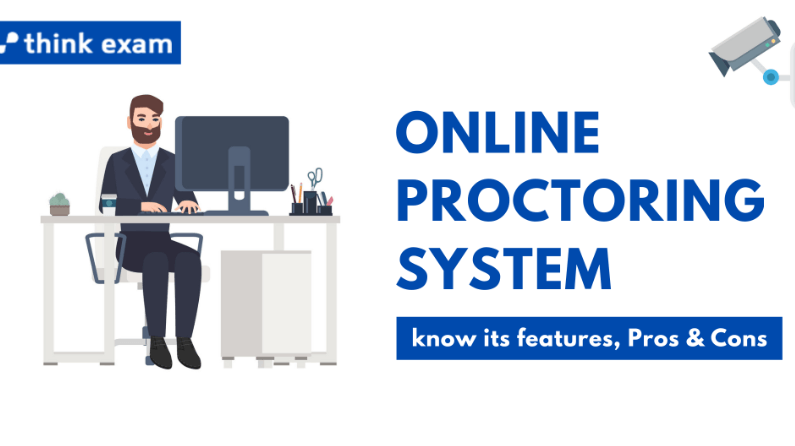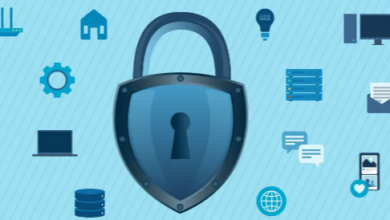Pros and Cons of Remote Proctoring Technology

Once again, it’s that lovely time of year: finals! Presenting an examination in an online course differs from doing so in a traditional classroom, particularly in upholding academic integrity, as has probably become clear during the past year.
Throughout an in-person exam, all students are in the same location working on the test materials concurrently while being observed by a professor or teaching assistant.
It can be challenging for instructors to keep an eye on students taking an online exam to ensure they aren’t checking up or discussing answers on their phones or computer. This is why proctoring software is very useful.
The advantages and disadvantages of employing remote proctoring tools will be discussed in this blog article, along with several alternative methods for ensuring students’ work is their own.
Benefits:
Remote proctoring prevents students from cheating. Technologies for online proctoring software can take many different forms, from directly watching students through exam sessions with just a web camera and microphone to confirming their identities before they sit down to sit for the exam at their computer.
Lockdown browsers limit students’ activities to finish their test by prohibiting them from doing whatever on the computer while taking the test, including seeking answers or communicating with classmates.
In essence, online proctoring services give teachers more guarantee of academic integrity while providing students with the scheduling freedom they prefer.
Cons:
Questioning accessibility and the propriety of surveillance is raised by remote proctoring.
The fact that remote proctoring could increase test-taking anxiety is one problem that many individuals have with it. For instance, it would be bothersome to continuously wonder if your eye and head motions are being viewed as “suspect” by an AI during a test, particularly if the exam alone is already stressful.
Not all students can access quick, dependable internet connections at home, which is another important point. If they are only allowed to log into a test period once, it may be difficult to use remote procedural standards software effectively. In such a circumstance, a lost internet connection could result in considerable stress.
Options:
It is necessary to adopt a “people-centered” perspective. It is understandable for instructors to be concerned about upholding academic quality in online courses.
However, how can instructors prevent students from having cheated without the aid of surveillance software? A study and analysis first from the University of Michigan-Dearborn will be examined. The official study outlining the initiative can be found here.
The Department of the Rector at UM-Dearborn decided to actively prohibit such remote proctoring technologies shortly after schools ended in March 2020.
These evaluations have one thing in common: they require students to use what they have studied in class and solve a specific problem or to develop an original argument or hypothesis based on the information they have learned from their curriculum.
In the end, successful student evaluation without remote proctoring software requires a lot of work and innovation from teachers and institutional support.
The researchers of this evaluation pointed out that choosing remote proctoring does not necessarily entail an easier or less expensive path just because more resources are needed to achieve a “people-centered” strategy.
Software for remote proctoring can be pricey, as indicated in the “cons” section above, and so can ensure all students have the tools they need to use that software.




